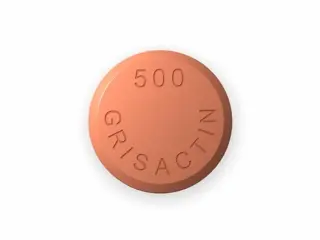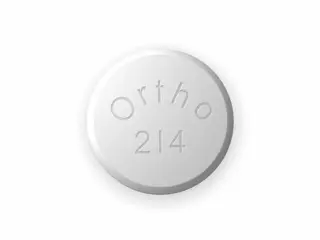Antifungal
Discover effective antifungal treatments to combat infections quickly and safely. Shop a wide range of trusted products designed to relieve symptoms and restore healthy skin and nails. Fast-acting formulas for lasting results, available now for your convenience.
Antifungal medications are essential for treating fungal infections. These infections can affect the skin, nails, mouth, and internal organs. In this category, several popular medications are widely used. Each has specific uses, strengths, and forms.
Diflucan (Fluconazole) is an oral antifungal drug. It is effective against a variety of fungal infections, including yeast infections like candidiasis. Diflucan works by stopping the growth of fungi. It is known for its good absorption and long half-life, meaning it can be taken once daily. Patients often prefer it because it has fewer side effects compared to other antifungals. It is also used to treat fungal infections of the blood and other internal organs.
Grifulvin and Grifulvin V (Griseofulvin) are older but effective antifungal drugs. They are mainly used for fungal infections of the skin and nails, such as ringworm and athlete’s foot. Griseofulvin prevents fungal cells from reproducing by disrupting their cell division. Treatment with Griseofulvin is often longer compared to newer drugs, sometimes lasting several weeks or months. Grifulvin V is a micronized form, which generally has better absorption and fewer gastrointestinal side effects.
Grisactin is a topical antifungal cream used to treat skin infections like athlete’s foot, jock itch, and ringworm. It contains tolnaftate, which disrupts the fungal cell membrane. Grisactin is effective for superficial fungal infections and is easy to apply. It should be used for the full course, even if symptoms improve quickly, to prevent the infection from returning.
Lamisil (Terbinafine) is a potent antifungal available in both topical and oral forms. Lamisil is commonly used for fungal nail infections and athlete’s foot. It acts by inhibiting an enzyme crucial for fungal cell membrane synthesis. Oral Lamisil is often preferred for nail infections since they can be hard to treat with topical solutions alone. The treatment duration varies but typically ranges from two weeks for skin infections to 12 weeks for nails. Lamisil is well tolerated but may affect the liver, requiring monitoring during prolonged therapy.
Lotrisone is a combination cream that contains clotrimazole and betamethasone. Clotrimazole is an antifungal agent, while betamethasone is a corticosteroid. This combination helps to reduce inflammation and itching alongside fighting fungal infections. Lotrisone is effective for treating fungal infections accompanied by significant inflammation, like severe athlete’s foot or ringworm. However, it should be used carefully because steroids can sometimes worsen fungal infections if used for too long or incorrectly.
Nizoral (Ketoconazole) is a broad-spectrum antifungal available in several forms, including shampoo, cream, and tablets. Nizoral shampoo is widely used to treat dandruff and scalp fungal infections. Its oral form treats more serious fungal infections by interfering with the fungal cell membrane. Ketoconazole has some liver toxicity concerns and is usually reserved for cases where other antifungals are ineffective or not tolerated. It is also effective for skin and nail infections.
Sporanox (Itraconazole) is a powerful oral antifungal used for severe and resistant fungal infections. It has a broad range of action, making it suitable for treating nail infections, fungal infections of the lungs, and other internal organs. Sporanox disrupts fungal cell membrane synthesis by blocking specific enzymes. It is well absorbed when taken with food but interacts with many medications, so patient monitoring is important. Sporanox is often chosen when other treatments fail due to its potency.
When choosing an antifungal medication, the infection type and location matter most. Topical drugs like Grisactin and Lotrisone are suitable for skin infections. Oral agents like Diflucan, Lamisil, and Sporanox are better for deep or nail infections. Older drugs like Grifulvin are still useful but require longer treatment. Nizoral offers multiple formulations for various needs.
Side effects vary among these drugs. Topical forms usually cause mild skin irritation. Oral antifungals can lead to headaches, gastrointestinal issues, or liver problems. Blood tests may be needed during long-term oral antifungal use to monitor liver health. Patients should follow treatment instructions carefully and complete the full course for best results.
In summary, this category covers a wide range of antifungal drugs. Diflucan is popular for yeast infections. Grifulvin and Grifulvin V remain useful for skin fungi. Grisactin offers effective topical relief. Lamisil is favored for nail infections. Lotrisone combines antifungal and anti-inflammatory. Nizoral offers different forms for scalp and systemic infections. Sporanox handles more severe cases. Selecting the right antifungal requires understanding each medication's strengths and safety profile.





